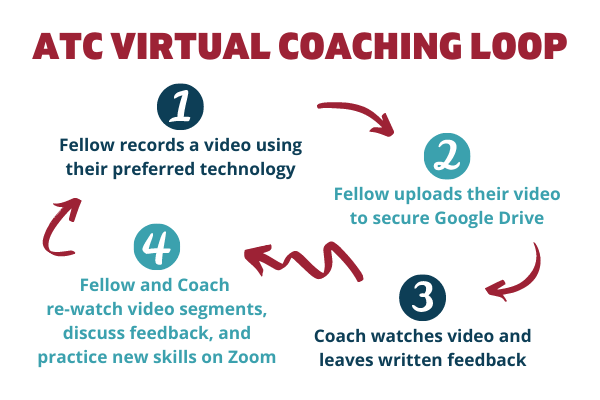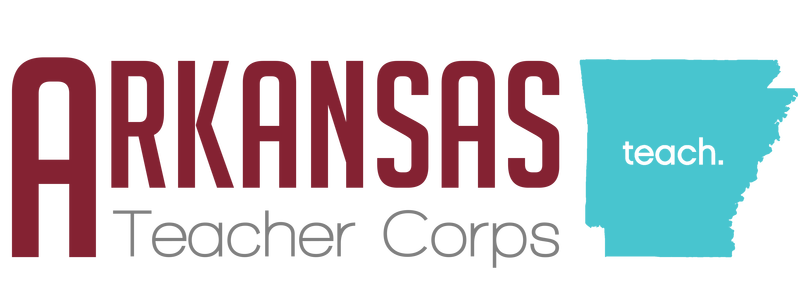On the Teacher Development Team, we moved into the 2020-21 year knowing that we were going to be virtual but with a renewed focus on figuring out how to reach our programmatic goals. Our major team goals center around student success and teacher success, satisfaction, and retention.
The first major hurdle that we faced was remediating development for our new teachers who were not able to teach in-person during our virtual institute. Our coaches sprung into action working with our new fellows before school even started to make sure that they had all classroom resources (such as a classroom vision, culture plan, and curriculum) ready to go.
Once our teachers entered the classroom, coaches had contact with them 400% more frequently than a traditional year to make sure that they were getting as much feedback and support as possible! (Ultimately, this also ensures they are still able to meet their goals for growth as practitioners.) First-year fellows received two video feedback loops from their coach each week. These feedback loops involve the fellow recording a video, the coach viewing and giving feedback on the video, and a debrief conversation between fellow and coach.

After conducting several coaching loops, we did notice that our first-year teachers struggled with slightly different things this year: more focus on planning–virtual instruction in particular–and less support in typical focus areas like classroom management. Our second- and third-year fellows are also receiving virtual coaching personalized to their unique needs, and most are still engaged in at least two observation feedback loops per month.
Because many of our fellows have had to master as many as 10 different platforms to implement virtual learning at their schools, we have seen a real need for development in effectively implementing and using online teaching tools. Our team has also been focused on exploring additional virtual learning platforms and virtual engagement strategies to make sure that we can continue to coach our fellows on increasing student engagement, regardless if they are teaching virtually or in person.
Preliminary data from fellow surveys suggests that this virtual coaching has been responsive to teachers’ needs with an overall 88% satisfaction rate. Another 88% of respondents so far agree that they have the support from ATC needed to be successful.
Despite all the hurdles that have come with this school year, we still feel committed to the continual growth of our teachers. We are currently finishing up our fall TESS evaluations, the first of two official evaluations we conduct with all of our fellows each year. Teachers submit a classroom video and teaching artifacts, self-reflect using the TESS rubric, and then meet with their coach to discuss their overall ratings and next steps. This year, we have also used Charlotte Danielson’s Framework for <Remote> Teaching to help our fellows with more concrete ideas around where they could improve while teaching virtually.
After breaking down this data and analyzing trends across our program, this information will help us to fine-tune both our coaching and professional development for the remainder of the year.

